2025 – CHW
An unlabelled Sorbus in Kennel Close.
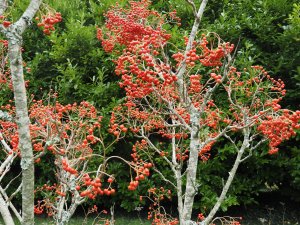
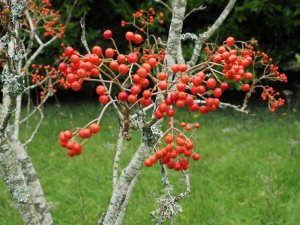
I did not see this myself but these were taken by Lara Levett at Rescassa and Porthluney Beach last Thursday night. As close to the Arora Borealis as we are ever going to get here I suspect.
Callicarpa shirasawanum with berries and autumn colour.
2022 – CHW
Rhododendron quinquefolium ‘Five Arrows’ with good autumn colour. I had not spotted this before.
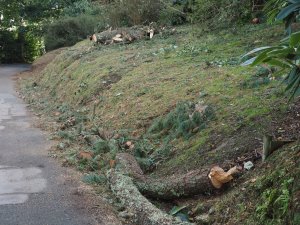
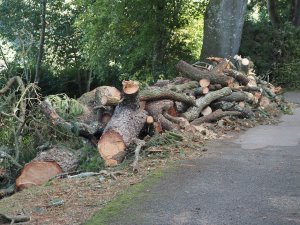
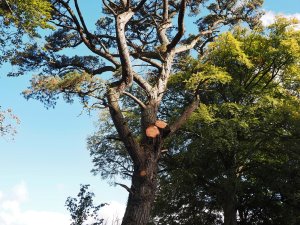
2021 – CHW
Sweet chestnut fruits low down on a tree with very small seeds. This has not stopped a squirrel making a pile of eaten ones.
2020 – CHW
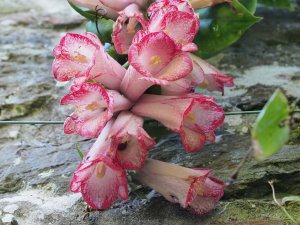

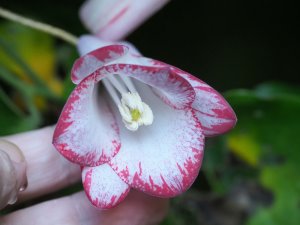
Quercus x schuettii ‘Silver Shadow’ putting on a nice autumn show in the frames.
Podocarps aplenty on several bushes above Hovel Cart Road.
The Cornwall construction industry training awards dinner at St Mellion golf club – KPK are awarded ‘builder of the year’. The less said about the ‘dinner’ the better!
Only one unripe seed pod on the young Magnolia globosa. Probably its first ever and well worth Asia collecting in a couple of weeks. This magnolia species flowers in May to June so you would expect the seed to mature a little later than other species which flower much earlier in the year.
2015 – CHW
A new Chinese species to Caerhays awaits planting next spring. Liquidamber acalycina only came to the UK in the early 1980s. It has easily recognisable large three lobed leaves but the autumn colour is still a bit hard to interpret. Said to be a very hardy and vigorous species which will need plenty of room in Kennel Close. Perhaps this liquidamber does not have exciting autumn colour? Time will tell.
1997 – FJW
Housemartins still here.
1959 – FJW
Flower full out on Camellia November Pink.
1950 – CW
Returned today from a very wet season at Glenquoich, same here and a bad harvest. Very good growing season. Yellow Hammer, Auriculatum and one Maddeni a lot of flowers, also Mag grandiflora. Camellia sasanqua outside stables past best. Others becoming nice. Cyclamen and fuchsias very good also lapagerias. Some daffodils up Sol d’Or on terrace 3 inches high.
1934 – JCW
Much as in 1933. Just as in 1933 and there is hardly a flower anywhere.
1933 – JCW
Hydrangea suffered from the lack of rain. Except on Mag delavayi and grandiflora. There are very few blooms. Cyclamen nice.
1931 – JCW
Back from Scotland, a very warm autumn, very little flower except fuchsias and lapagerias.
1919 – JCW
Good flowers on Mag delavayi and grandiflora very good. Hoheria is nice, very few rho’s open. Hydrangeas good, the cyclamen very good. Plants look fair in spite of no rain for August and September. No camellias show yet.
1928 – JCW
Magnolia delavayi has several nice flowers open. Clematis panniculata is good. Camellia sasanqua starts.
1923 – JCW
Very little flower bud on most rhodo’s. 3 big Argenteums dead. No camellias open. No Ericas but mauriana. A few lapagerias , one maddeni in flower a little.
1909 – JCW
No seedlings up in the pans. C panniculata and cyclamen very good. Solanum and lapagerias fair.
1905 – JCW
No seedling daffs up yet in pans or beds, excepting Polyanthus. No frost to cut things yet.




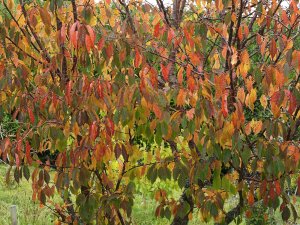
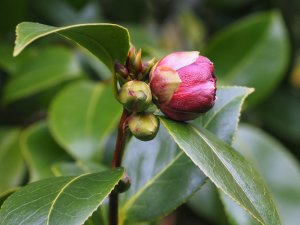
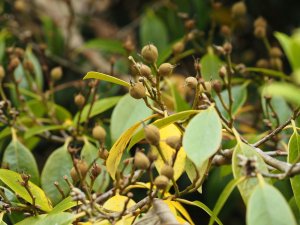
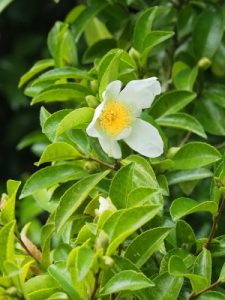
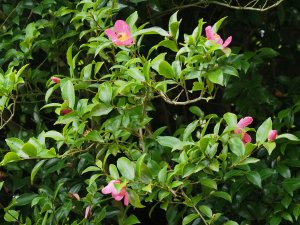
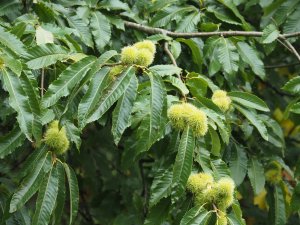
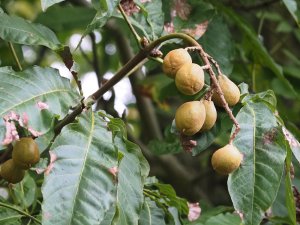
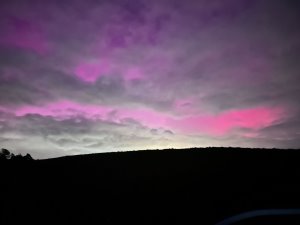
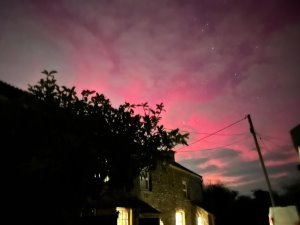
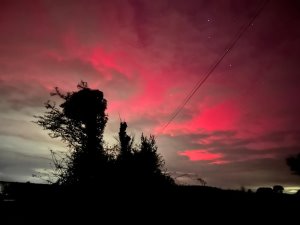
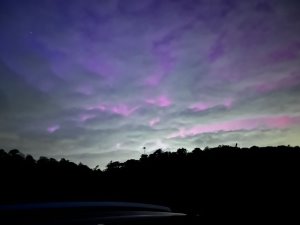
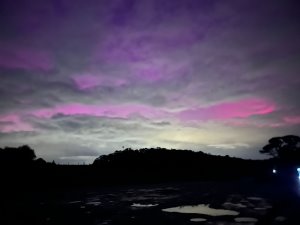
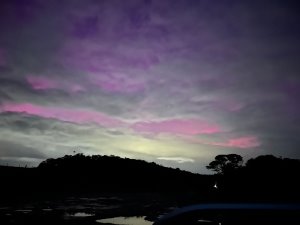
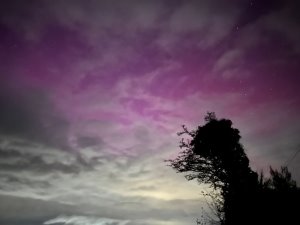
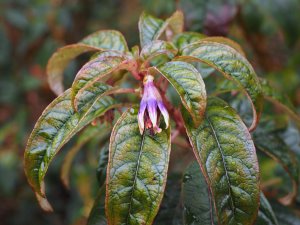
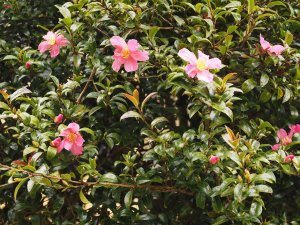
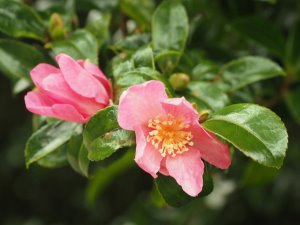
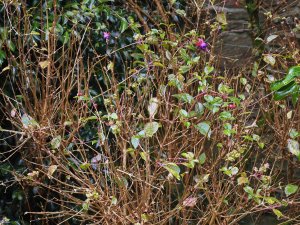
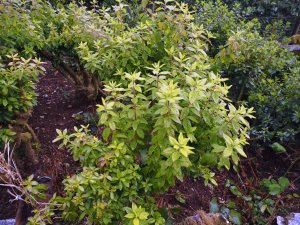
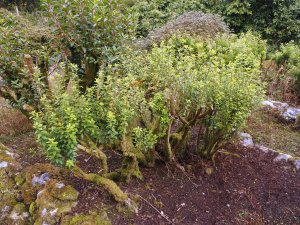
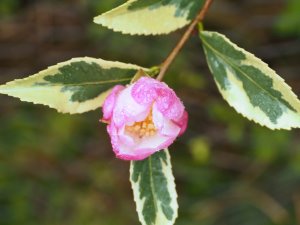
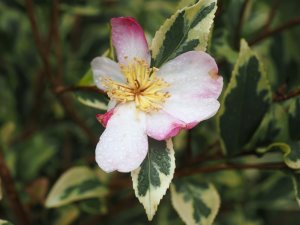
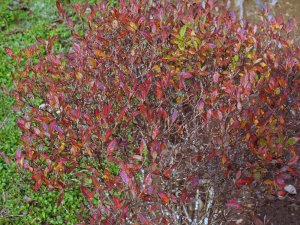
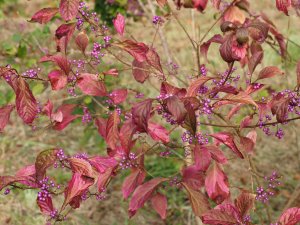
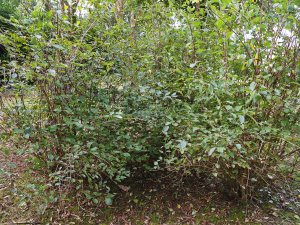
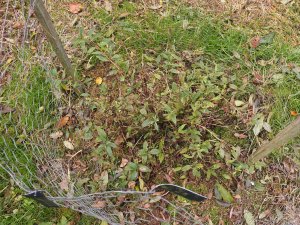
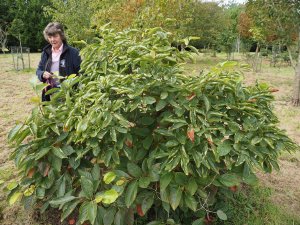

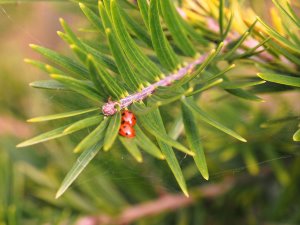
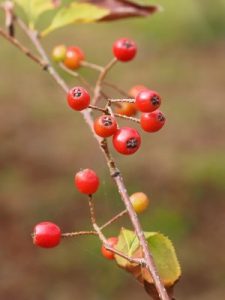
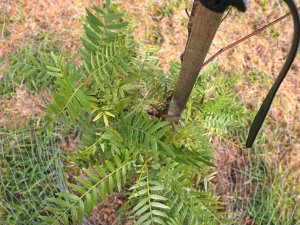
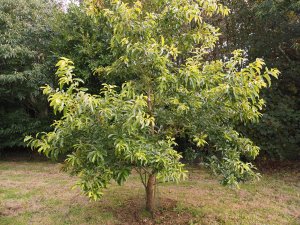
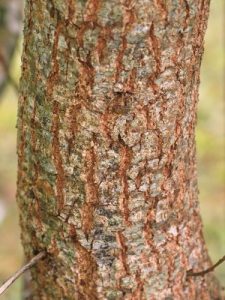
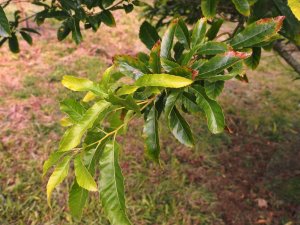
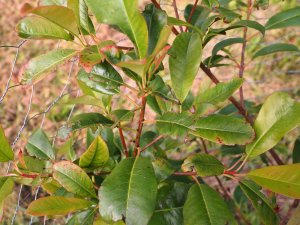
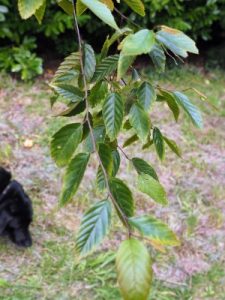
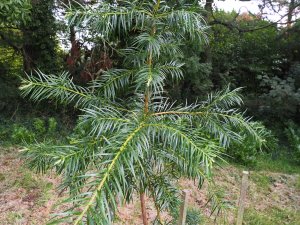
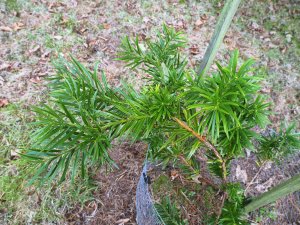
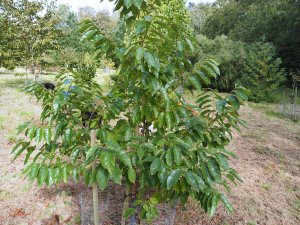
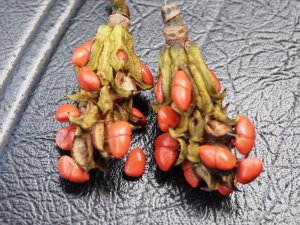
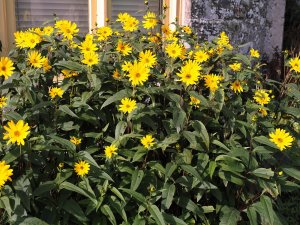
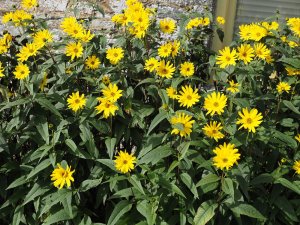
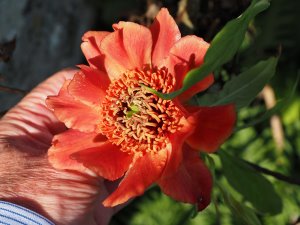
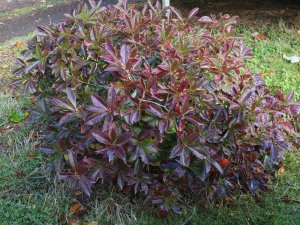
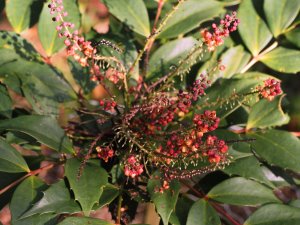
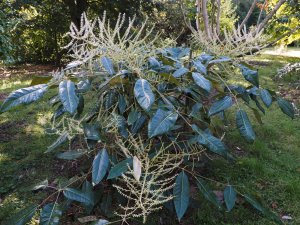
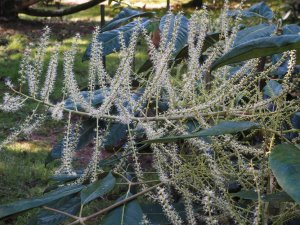
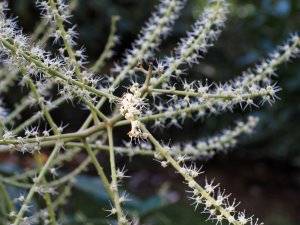
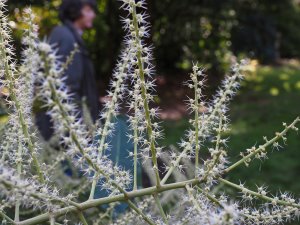
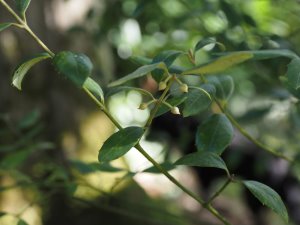
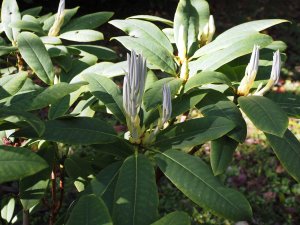
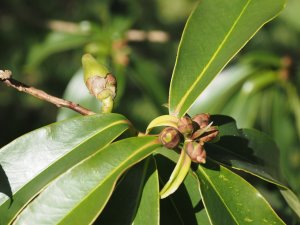
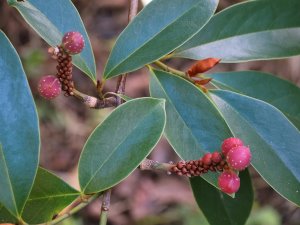
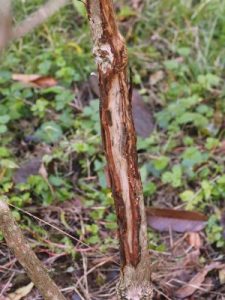
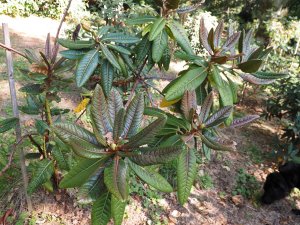
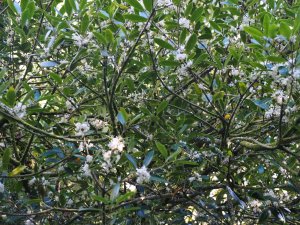
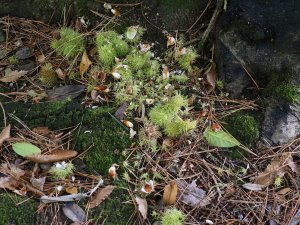

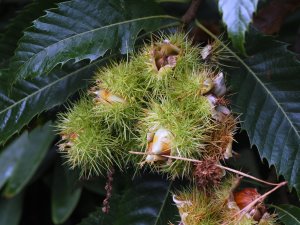
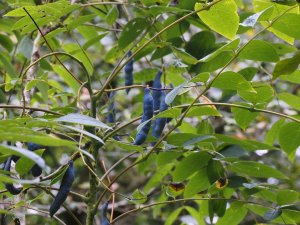
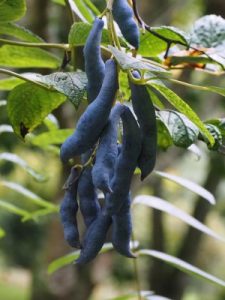
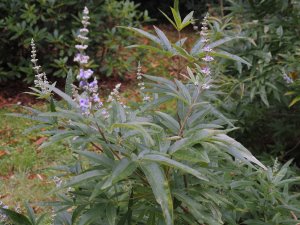
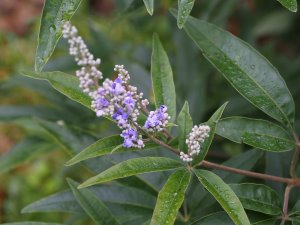
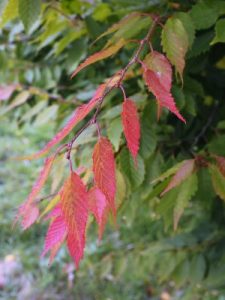
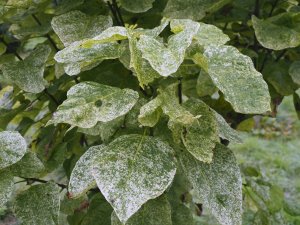
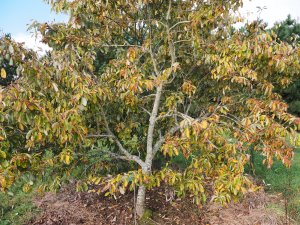

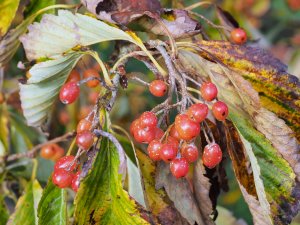
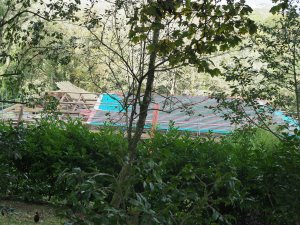
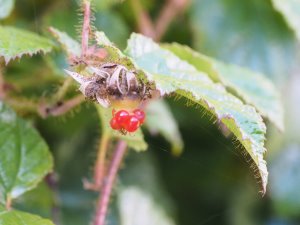
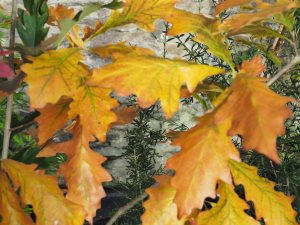
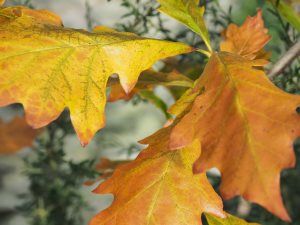
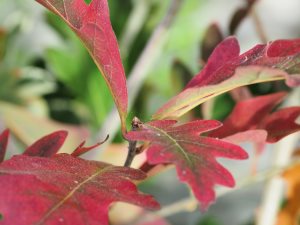
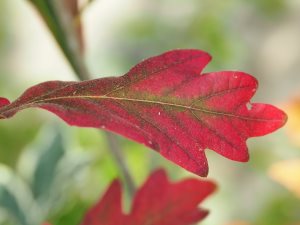
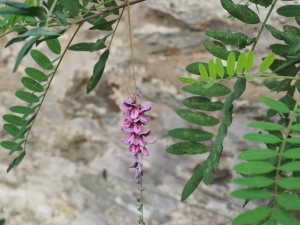

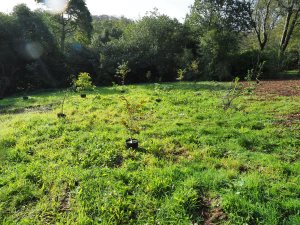
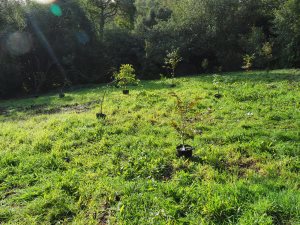
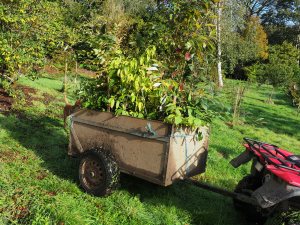
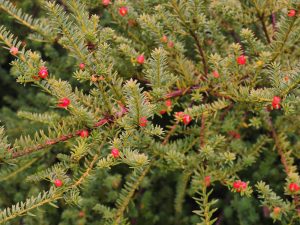
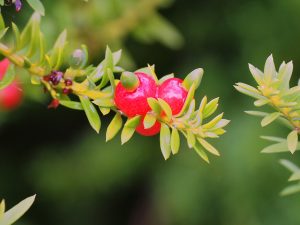
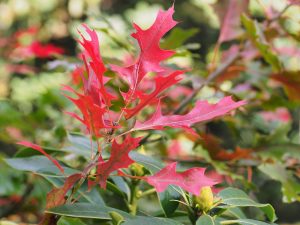
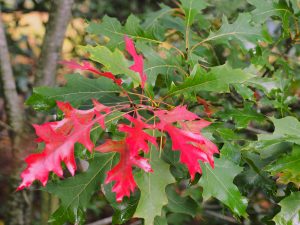
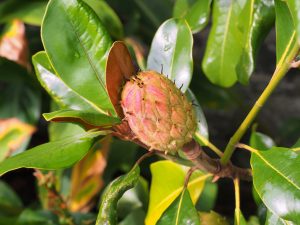


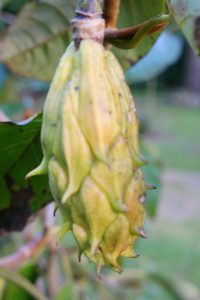
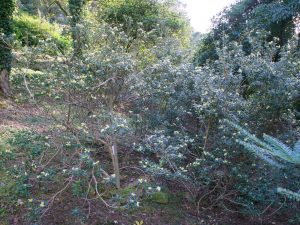
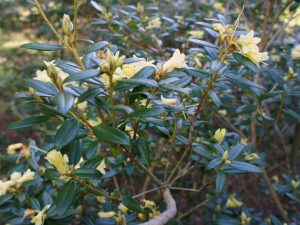
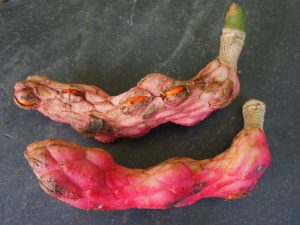
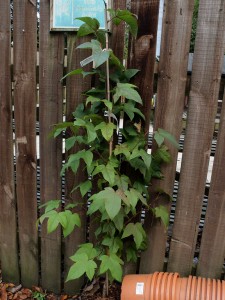
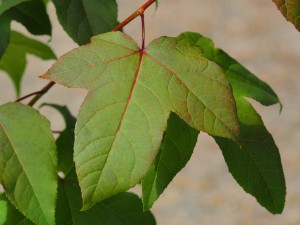
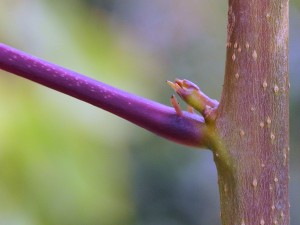
Chestnuts are typical foresttrees here; there are types with larger and smaller fruits, also comercial cultivars, some with only one fruit growing, this are called maroni/marones. The fruits on your tree are all deaf, not fertilized; it needs probably at least a second tree for cross-pollination. For many years already european chestnuts (and american) are plagued by disease like cancer and ink-disease. They killed some trees in my garden, but some are resprouting from the ground. Forest trees are less affected by cancer. Some forest-trees are also severly damaged or killed by drought on rocky soil (granite gravel here), but still the woods produce chestnuts to collect. It is a fast growing, tall tree with durable wood. There are also east asian species like crenata and mollissima which stay much smaller and produce also chestnuts. They are resistant to the beforementioned disease.